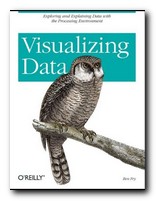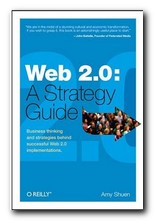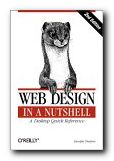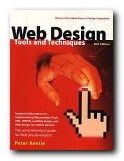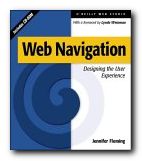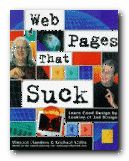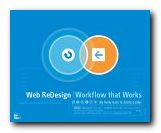Configuring Modules to Build Dynamic Websites
Drupal is the most powerful, industrial-strength option amongst the open source content management systems (Drupal, Joomla, and WordPress). But it’s notoriously difficult to configure and manipulate. Hence the up-front sub-title to this publication. The answers to the problems have been supplied by designers creating plug-in modules which deliver separate functions. These all sit on top of the Drupal core.
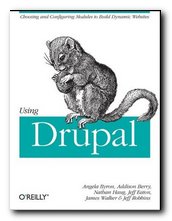 The user is left with ‘only’ the task of getting these modules to work together. And as anyone who has tried it will tell you, it’s no mean task. That’s where this guidance manual comes in. It takes you through a selection of the most basic add-on modules you’ll need to get a site up and running.
The user is left with ‘only’ the task of getting these modules to work together. And as anyone who has tried it will tell you, it’s no mean task. That’s where this guidance manual comes in. It takes you through a selection of the most basic add-on modules you’ll need to get a site up and running.
It’s written with the latest version of Drupal in mind (6.0) and you should be warned that modules written for other versions (5.0 and earlier) are not compatible with the latest version, and visa versa.
The other warning which needs to be flagged up as a major hazard and frustration is that configuration settings in one module might have a global effect, affecting your tweakings in another module, or even wiping it out altogether.
Fortunately there’s a very useful introduction which explains how a content management system works and the differences between first, second, and third generation web sites. You need to get used to lots of the specialised terms which are employed in this form of technology – modules, themes, and nodes – and you’ll have to let go of comforting terms such as folders and pages, because they just don’t apply any more.
In my experience of CMS systems, these naming conventions can be very confusing. Articles become stories, and features become modules or blocks. So you need to grit your teeth and just take on the new language.
The good thing about this book is that there are full instructions on adding and configuring modules that add functionality to a site. The creation of basic content is quite a complex business – partly because it’s assumed that a site will be fully interactive, and its materials can be tagged, commented upon, and served up in different forms. That’s why you end up arranging the content from a control panel with lots of options and settings.
There’s another reason why this approach to development by configuring modules is important. That’s because, rather surprisingly, the basic Drupal core does not include such fundamentals as a text editor and image manipulation tools. These have to be bolted on as extras. But free open source solutions are listed at the end of every chapter.
Separate chapters of the book have been written by open source evangelists, and the success of their approach is reflected in several five-star reviews for this book at Amazon. They concentrate on a wide range of third party modules which have been created by the Drupal community. This means the modules have been devised to solve real life problems and requirements.
The book is also arranged as a series of projects, showing how Drupal can be used to build a commercial web site; a job postings notice board; a product reviews site; a Wiki; a photo gallery; and an event management site. They explain how to use the most important modules, the content creator’s kit (CCK), categorise materials with Taxonomy, and use the Views module to arrange the display of content in a variety of user-selected forms.
The range and scope of sites built with Drupal in this book is truly impressive – from multi-language sites to eCommerce shopping sites using the Ubercart module. Full details of the all the software used is listed for every chapter, and there’s a very strong sense throughout that you are taking part in a community activity – where ideas, work, and results are shared.
O’Reilly took quite some time getting this, their first Drupal manual onto the shelves, but the wait has been worth it. I wonder when they will do the same thing for Joomla?
© Roy Johnson 2009
Angela Byron et al, Using Drupal, Sebastopol (CA): O’Reilly, 2008, pp.464, ISBN: 0596515804
More on technology
More on digital media
More on online learning
More on computers

